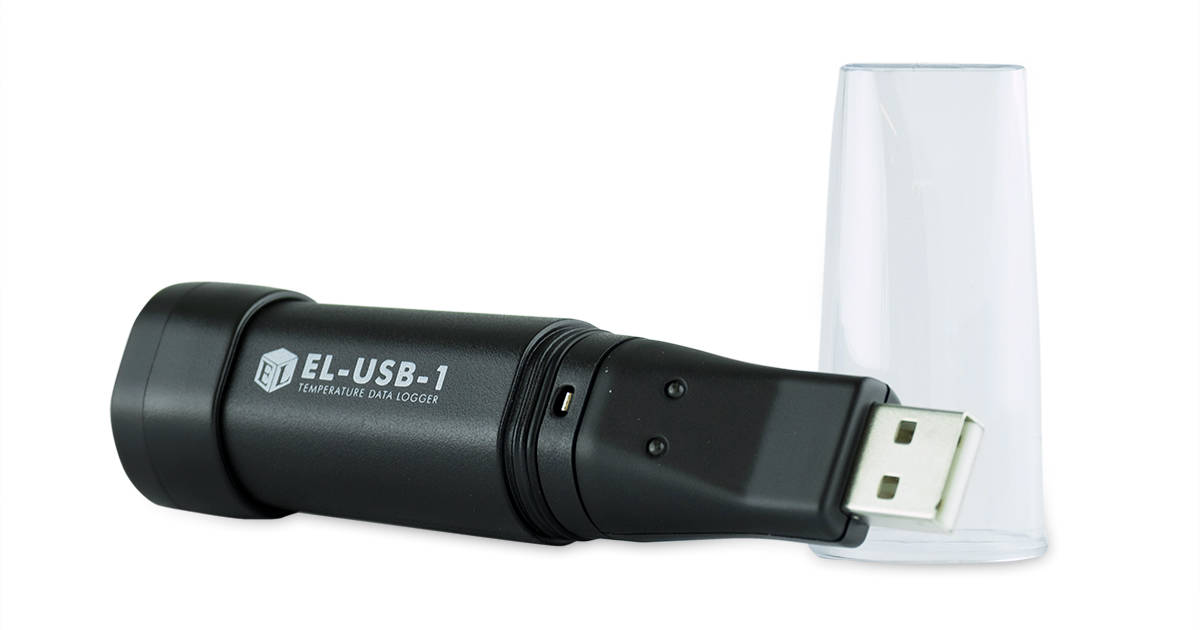Temperature Monitoring at Gold Coast Oysters LLC

Tired of the routine of corporate life, Scott Grout and his wife Ginger decided in 2000 to turn their hand to something a little less… well, routine.
Growing up on the Hood Canal, east of the magnificent Olympic Peninsula in the Pacific Northwest, Scott had sampled the region’s most prominent export since he was a child. Tempted by the promise of a more relaxing schedule, it was to this famous export that his attention turned once more.
That same year, the couple obtained a license from the State Department of Health and Washington Department of Fish and Wildlife, and Gold Coast Oysters LLC was ready for business.
Seven years later and the couple’s dream has become a fully fledged commercial reality. Scott and Ginger now employ eight full-time employees to maintain and harvest 100 leased tidelands as well as 14 acres of their own tideland property.
“We farm Pacific Oysters and Manila Clams,” explains Scott. “Our tools are a hammer, bushel and gloves, but being outside in this beautiful part of the world certainly beats an office.”

Oysters grow on the surface while clams sit a few inches below the sand. In both cases, as soon as the tide starts to go out, Scott, Ginger and their team start work. Each tidal cycle is about 6 hours with work limited to outgoing and incoming tidal routines. The Hood Canal produces a marketable oyster in about 5 years, so a beach worked one year might not be visited again for another three.
Harvesting occurs all year round although recent outbreaks of the bacteria vibrio, which can make humans unwell if consumed in raw or under cooked shellfish, has limited the team’s activity during the summer.
“We have four main wholesalers up and down the West Coast that we send our oysters and clams to” explains Ginger.
“Some of those wholesalers are based as far away as Southern California so the transport of our shellfish can take up to 48 hours. We have very strict time and temperature control rules for any journey that the shellfish take from beach to wholesaler. Exposure to spikes of high temperatures can destroy the product. We have to make sure that their environment remains cool and constant.”
To help them in this monitoring process, the couple purchased 10 temperature data loggers from Pennsylvania-based Lascar Electronics. “These loggers have simplified the monitoring process enormously,” says Scott.

“We simply stick each unit into the USB port, choose their sample rate, say once an hour, and set an alarm which tells us whether a certain high temperature has been reached during transportation. Then we throw them into the boxes with the product for their journey.”
“If an alarm is reached during transportation, then our wholesalers can tell because the unit has a flashing red light that they’ll see when they open up the boxes. Even if no alarm goes off, all those readings can be downloaded in a graph, and we can see exactly what temperatures the produce was exposed to.”
To date, Gold Coast Oysters has invested in 10 loggers, which they are using on a constant basis to monitor the goods during transportation, but that’s not the only way the units have been used. Scott explains, “From my perspective, global warming is here, and it’s not just an issue of rising temps in transportation.”
“At low tide, our beds are exposed and at high tide they’re covered. As the air gets warmer, the sea gets warmer. Vibrio is on the rise in the Pacific Northwest, and it’s associated with warmer air and water temps. I’m using some of these loggers to measure air temperature out on the beds to see whether what I think is happening really is. We’ve already limited harvesting in the summer – will it end there?”
Using loggers in transportation and out on the beds is an extra precaution Scott hopes all shellfish farmers are keen to invest in.
“Hood Canal has the largest number of oyster hatcheries in the world, so we operate in a very competitive market. We can’t afford to take risks with our own bottom line, and we certainly can’t risk consumer health by second guessing what happens to those products as a result of global warming or on their journey between the Pacific Northwest and the kitchen table. At sixty bucks a unit, peace of mind in some aspects of our business comes at a pretty low price.”


